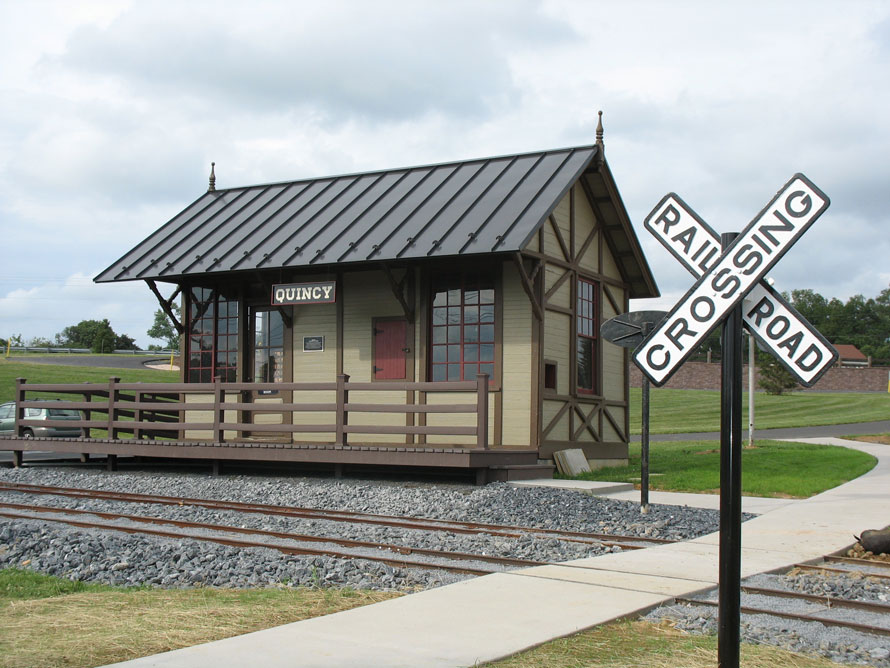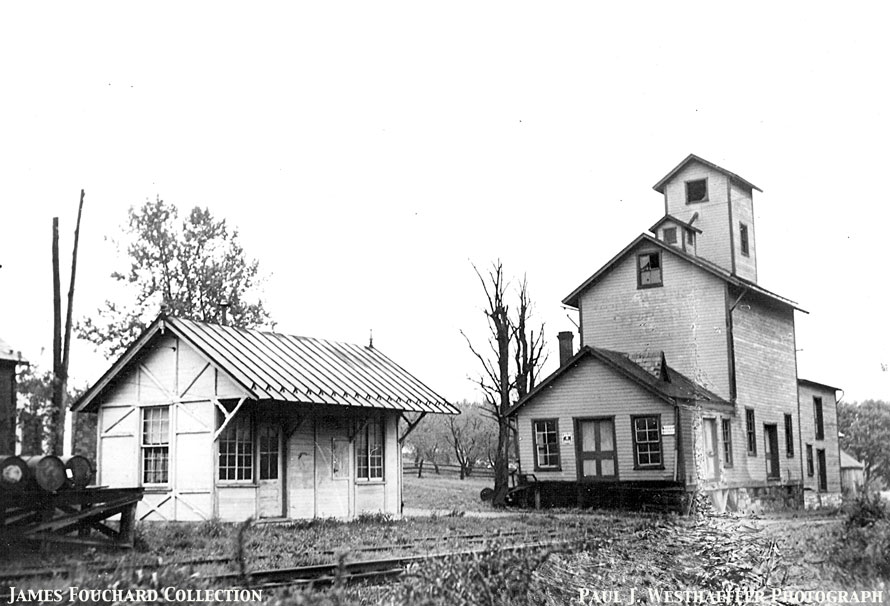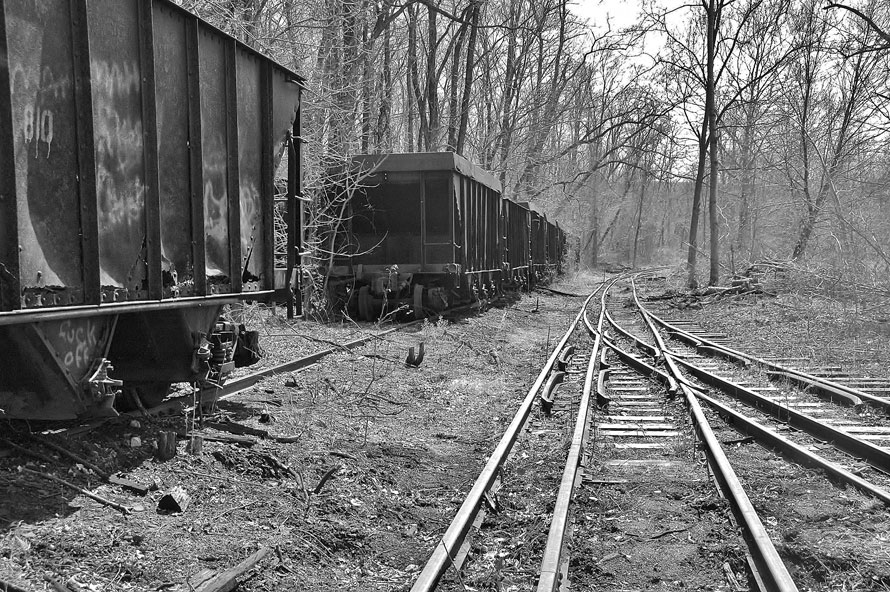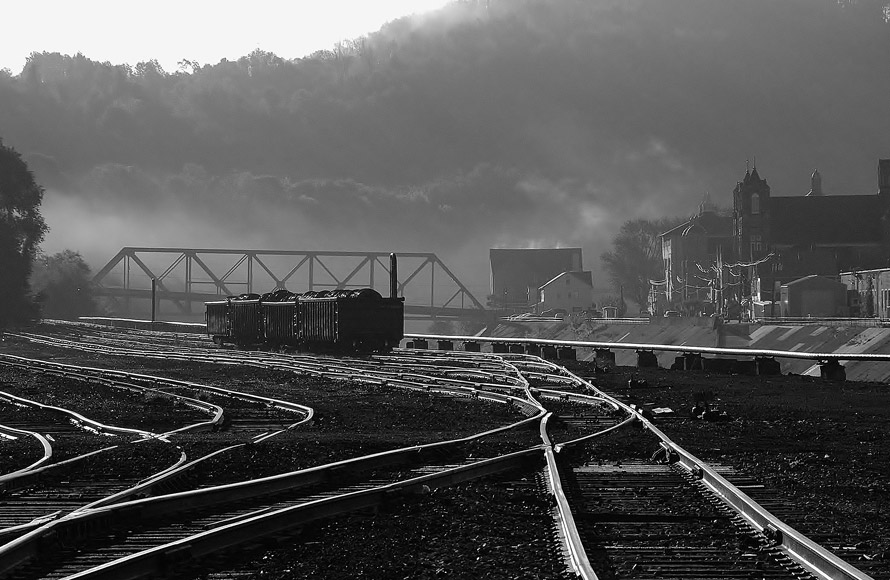
(James Fouchard Photo)
Back in an earlier era of railroading, it was not uncommon to move station buildings from one location to another. It may have been a short procedure necessitated by work on a new track alignment. Or, if a new, larger station was being built in a town, the smaller existing structure might be loaded on a flat car and transported by rail to a new town. Temporary stations were sometimes built specifically to be moved from site to site as needed during construction. Even to this day, it is not uncommon to see depots vacated by the railroads moved from the right-of-way to new sites for historical preservation as museums, or for other commercial uses.

(Paul Westhaeffer Photo- James Fouchard Collection)
The small Victorian station originally located in Quincy, Pennsylvania may be a contender for the record number of moves, but this time all in the interest of historical rail preservation.
Read more
